Dum Biryani House: The art of Hyderabad's royal flavours
When Manchester-raised Dhruv Mittal abandoned consultancy for cooking, he looked to the city where he spent his first years for inspiration
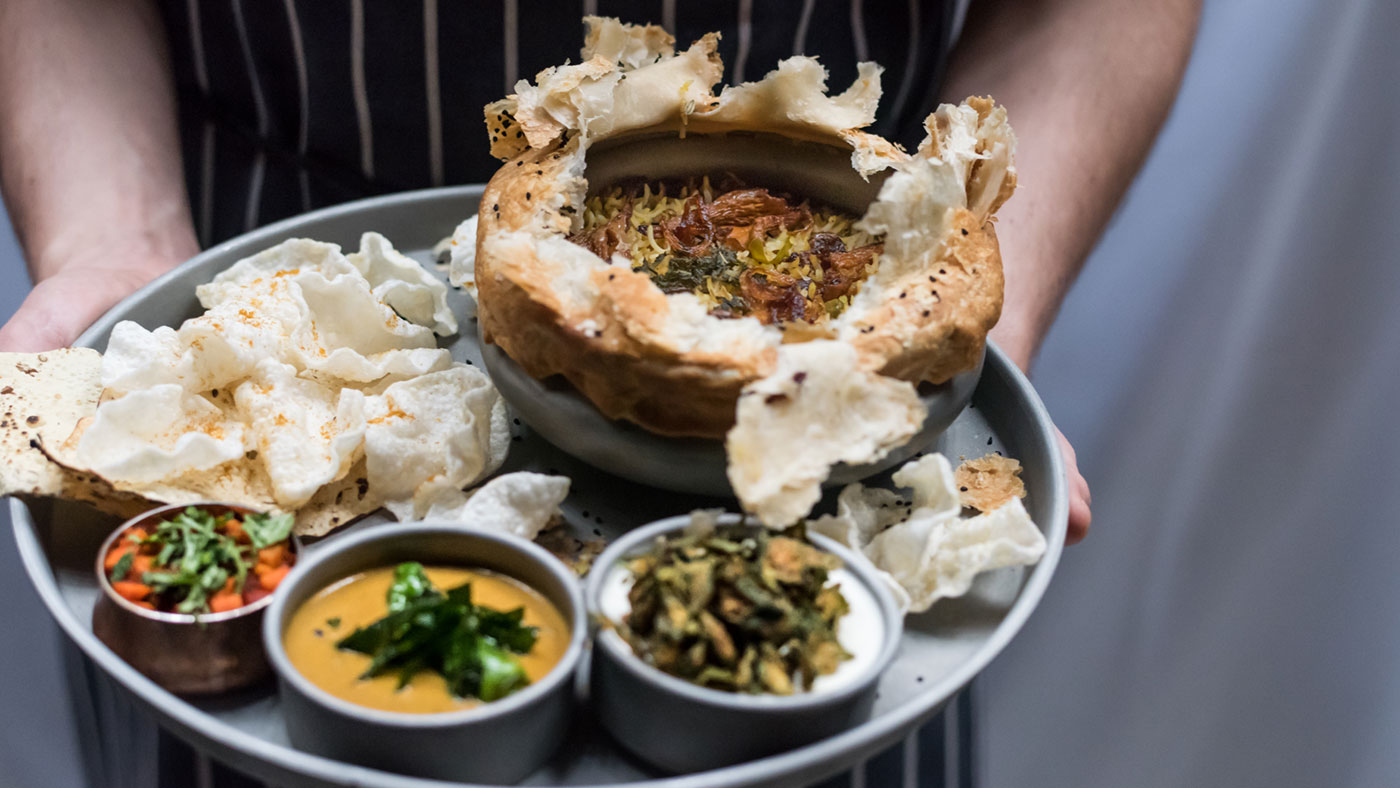
Hyderabad, in the middle of southern India, is the capital of two states: Telangana and Andhra Pradesh. And because of its central position, Hyderabadi food has collected flavours from all directions – there is the refined, complex spicing from Mughal food of Delhi and northern India, and the spiciness of Tamil Nadu to the south east. But, because of coastal Andhra, there is also seafood, grated coconut and tamarind, similar to Goan cooking on the west coast.
Hyderabad also has one of the largest Islamic populations in India. With that comes a lot of art, poetry and influences in the food culture. Unusually for India, most people are meat-eaters and the predominant meat is goat. My parents are originally from northern India but moved to Hyderabad before I was born – then we emigrated to Manchester when I was little. At home in England, meat was usually only for special occasions but on visits to Hyderabad I really enjoyed street tandoors, where you'd have a leg of chicken with really bold spicing – your lips tingle, you salivate and it always leaves you wanting more.
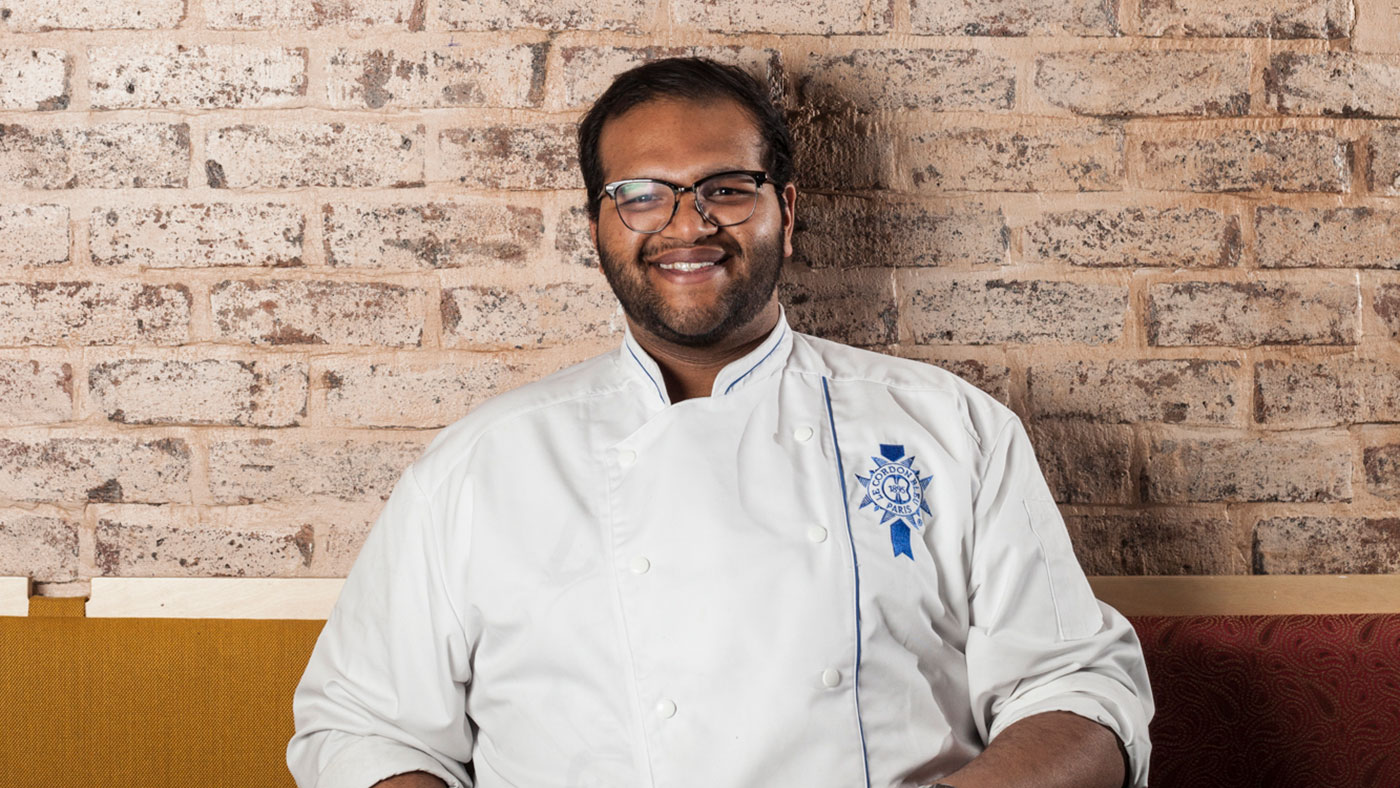
The area is known for growing the hottest chillies in India. Kashmiri chillies are really red and give food a deep, rich colour, whereas Hyderabadi chillies give you that burning heat. But there is subtlety too: you might use 30 or 40 different spices in a dish, and you might prepare the same spice in several different ways – add it raw for aroma; roast or dry-fry it to release its oils and add a smoky flavour; grind it down to increase the intensity of flavour; or fry it in oil and add it at the end of a dish (tempering) to add an extra burst of flavour. How you manipulate those spicing methods and ingredients to create different flavour combinations is what intrigues and excites me about the cuisine.
The Week
Escape your echo chamber. Get the facts behind the news, plus analysis from multiple perspectives.

Sign up for The Week's Free Newsletters
From our morning news briefing to a weekly Good News Newsletter, get the best of The Week delivered directly to your inbox.
From our morning news briefing to a weekly Good News Newsletter, get the best of The Week delivered directly to your inbox.
In one sense, biryani is a simple one-pot dish, but it took me months of cooking it to perfect. You take meat on the bone, dice it and marinate it twice – first in ginger, garlic and red chilli pastes, lemon juice and salt; then with thick yoghurt and powdered coriander, turmeric, red chilli, cumin, garam masala, biryani masala (mace, nutmeg, cinnamon, clove, star anise, black pepper and mustard seeds), fried onion, chopped ginger and green chillis. The next day, you half cook the meat and par-boil rice with mint, coriander, slices of ginger, chilli, whole cloves and cinnamon sticks. You boil it for about five minutes until it’s al dente. The rice, meat and marinade are layered in the pot and topped with fried onions, saffron, rose water, kewra (an extract of the screw-pine flower) and ghee.
In Hindi, the word dum, which gives the restaurant its name, has two meanings – it literally means steam, but also is the equivalent of 'balls' or 'guts'. The connection with biryani is that the dish cooks on a low heat in its own steam, in a pot sealed with pastry around the lid. When the pastry cracks and the steam comes out, you know it’s ready – Indians often claim we invented the pressure cooker.
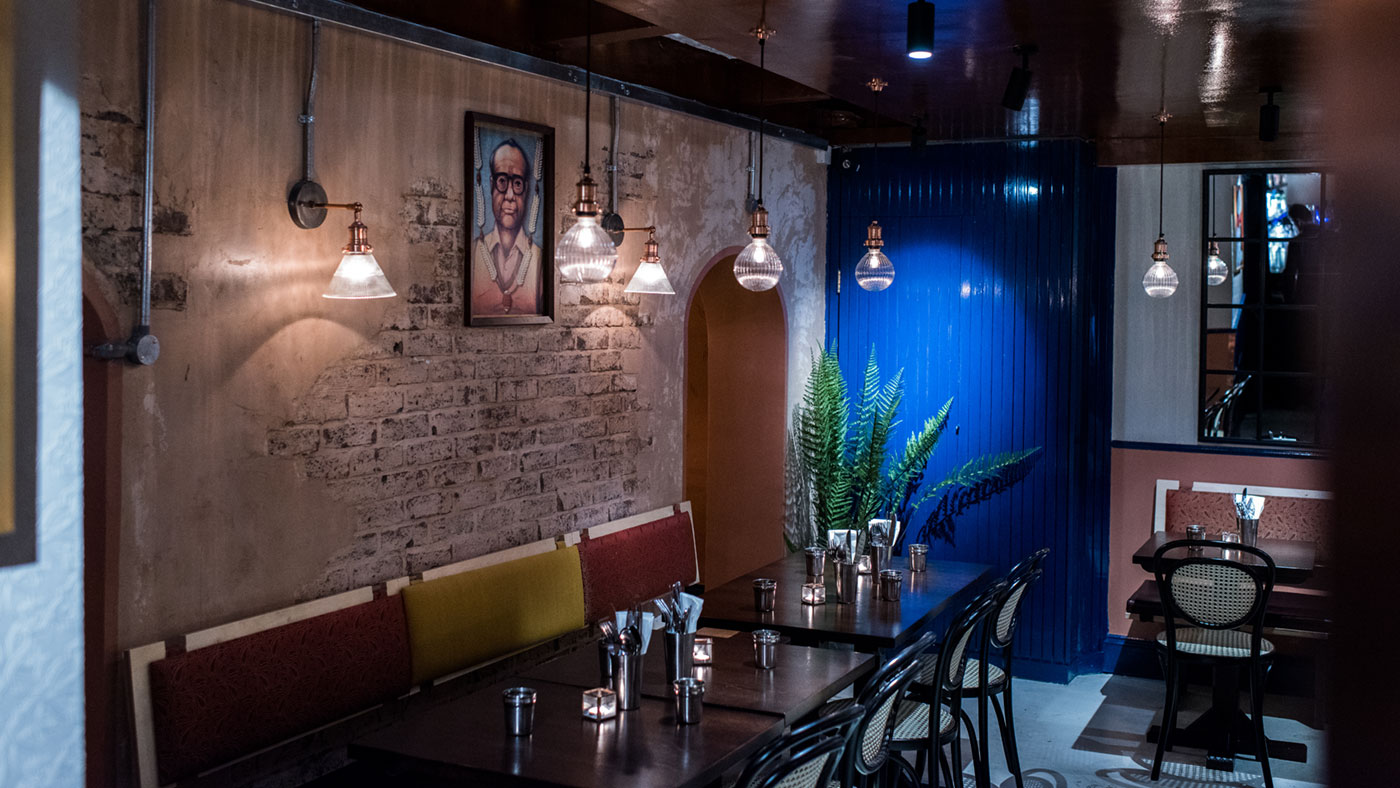
At Dum, we have a slight variation because you need to serve it immediately, piping hot and moist, so we can’t have a big pot sitting about. So we pre-cook our rice and meat a little further, then put it in a pot covered in spiced puff pastry for the final cooking stage, which keeps the steam and flavour inside and is light and tasty.
Side dishes are important for a Hyderabadi biryani – more than in other parts of India. We serve a baingan mirch salan – baby aubergine in a peanut, sesame and coconut milk curry, with a padron pepper; bhindi pachadi – okra yoghurt with fried okra on top; a homemade chutney made from small, sweet Indian lemons; and papadums, because Indians love something crunchy.
A free daily email with the biggest news stories of the day – and the best features from TheWeek.com
It's not all about biryani though these dishes also sum up Hyderabadi cuisine:
Kodi Vepudu – these spicy chicken wings are a favourite bar snack in Hyderabad’s upmarket bars (we Hindus do drink alcohol – as you can tell by the cocktail menu at Dum). These wings are first roasted in a marinade then tossed in sambhar masala, a spice mix. This is a flavour concept called khatta theeka (sour and hot), which is important in southern Indian food.
Dahi Kebab – an old royal dish that you only really find in five-star restaurants in India. It's strained yoghurt, like labneh, which we thicken even more with gram flour and spice with chilli flakes, salt and cumin. We form it into balls, cover them in breadcrumbs and fry and serve them with sour, spicy tomato chutney.
Pattar ke Kebab – these are thin fillets of lamb seared on a hot stone. In the spice mix is pattar ke phool (literally 'stone fungus'), a moss we import from India, which adds a wonderful earthy aroma. We serve it with fenugreek leaves tempered with mustard oil and red chilli. It's a leaf that has a beautiful, vibrant green and gives it a slight bitterness, which works really well with the green chilli and yoghurt in the marinade.
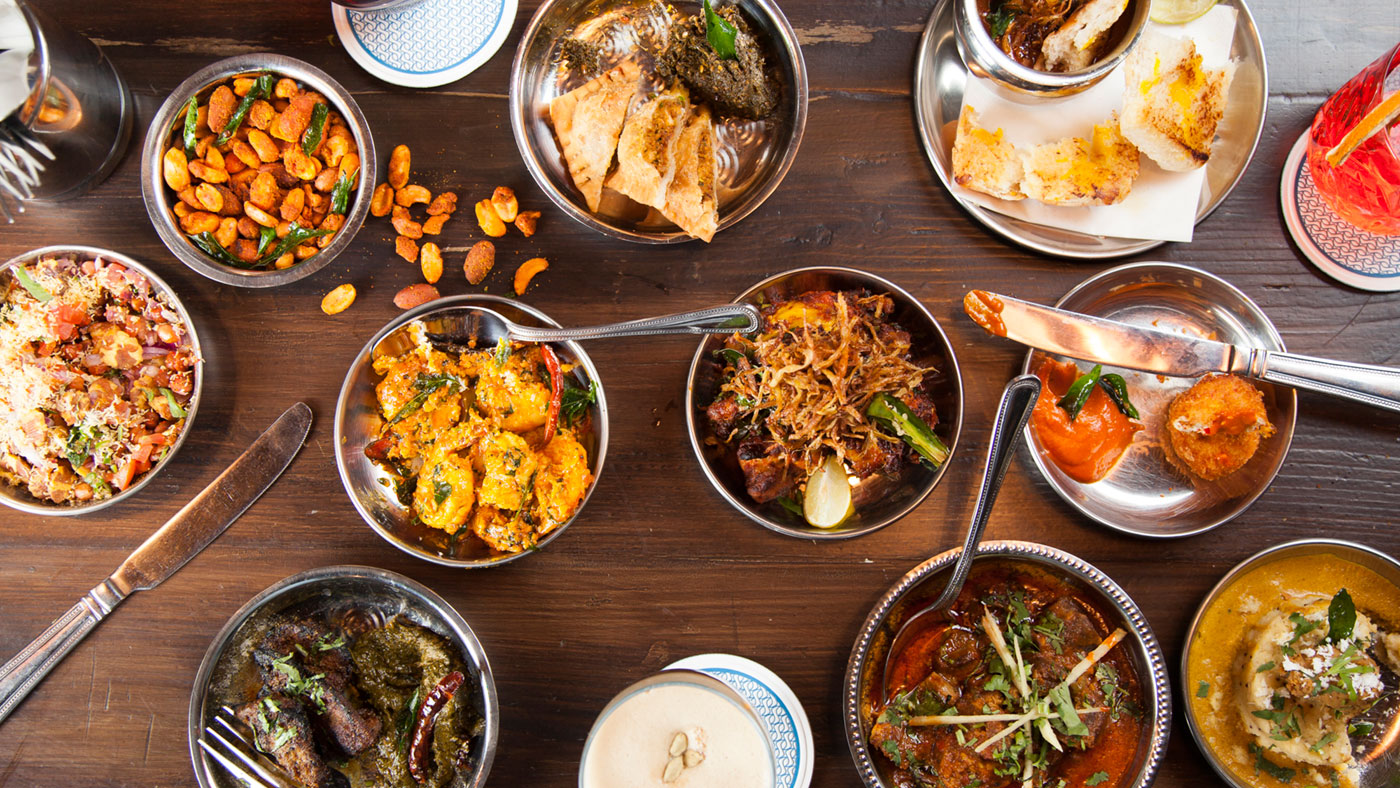
Chapala Pulusu – this is a white fish curry. In Andhra, it would be made from tilapia or basa, but I use the best seasonal fish available locally and currently that's Cornish hake. We cure it in spice and salt to give it depth of flavour then cook it with tomato and tamarind sauce. This is one dish that Hyderabadi people wouldn’t serve with accompaniments, just some plain rice, in order to maintain the purity of the flavour.
Khubani ka Meetha – a sweet delicacy you only find in Hyderabad. It's made from apricots soaked overnight and cooked in spiced sugar syrup topped with a light cardamom-flavoured whipped cream. In Hyderabad, they are usually served with ice cream.
DHRUV MITTAL was born in Hyderabad in 1991 and grew up in Manchester. After studying economics at the University of Nottingham, he worked as a consultant in the telecoms industry before deciding, aged 22, to follow his passion for food. He studied at Le Cordon Bleu, was a stagiaire at Restaurant Sat Bains in Nottingham, and at The Fat Duck, before heading to the Oberoi Mumbai. On his return to London in 2015, he started The Chaiwalla Supper Club in his flat, before opening Dum Biryani House in late 2016. Dum Biryani House, 187B Wardour Street, London W1F 8ZB; dumlondon.com
-
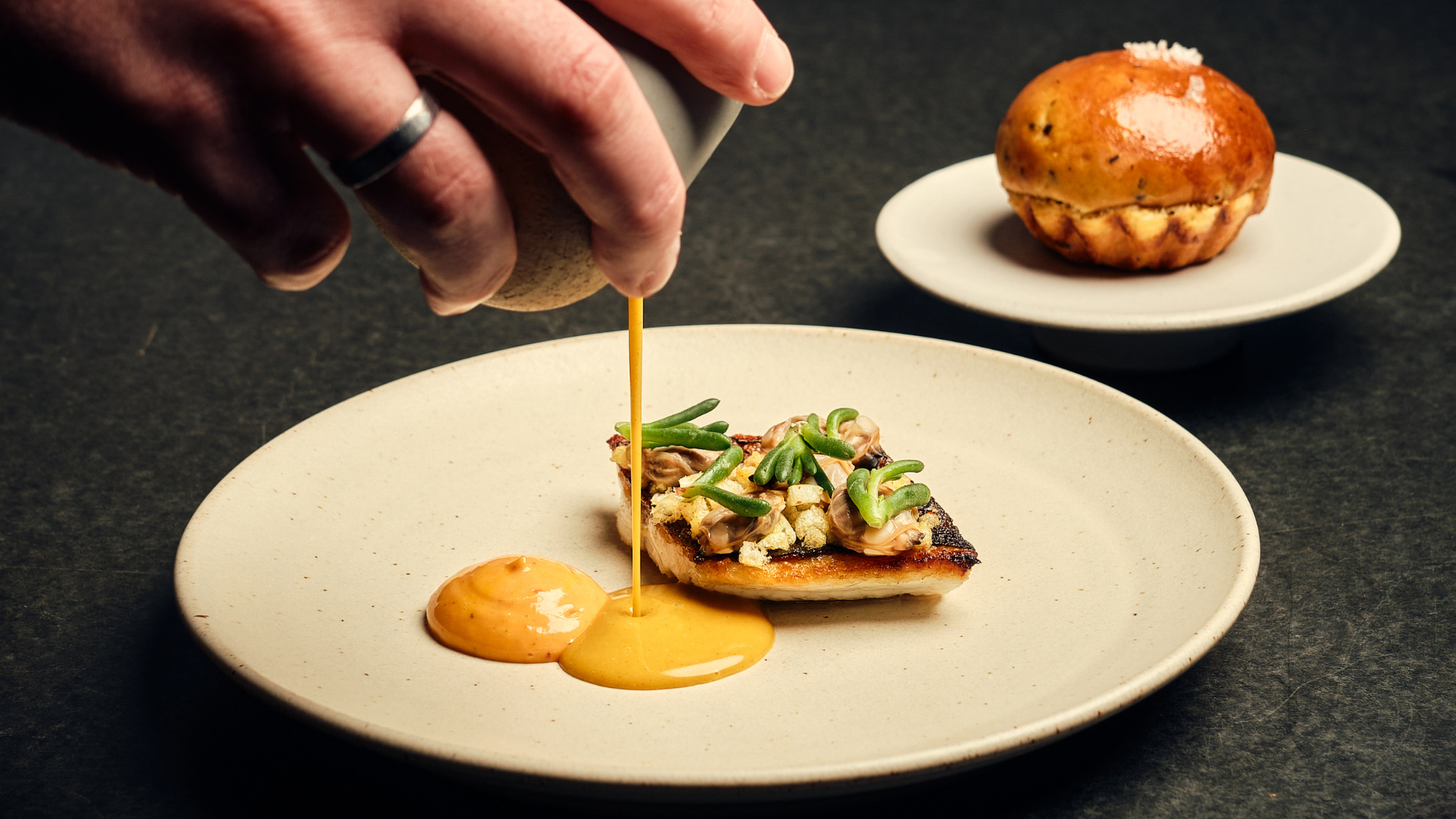 A foodie guide to Edinburgh
A foodie guide to EdinburghThe Week Recommends Go all-out with a Michelin-starred meal or grab a casual bite in the Scottish capital
-
 Political cartoons for December 24
Political cartoons for December 24Cartoons Wednesday's political cartoons include Christmas in Greenland, grinchflation, and California floods
-
 Is there a Christmas truce in the Starmer farmer ding-dong?
Is there a Christmas truce in the Starmer farmer ding-dong?Today’s Big Question There’s an ‘early present’ for farmers but tensions between Labour and rural communities remain